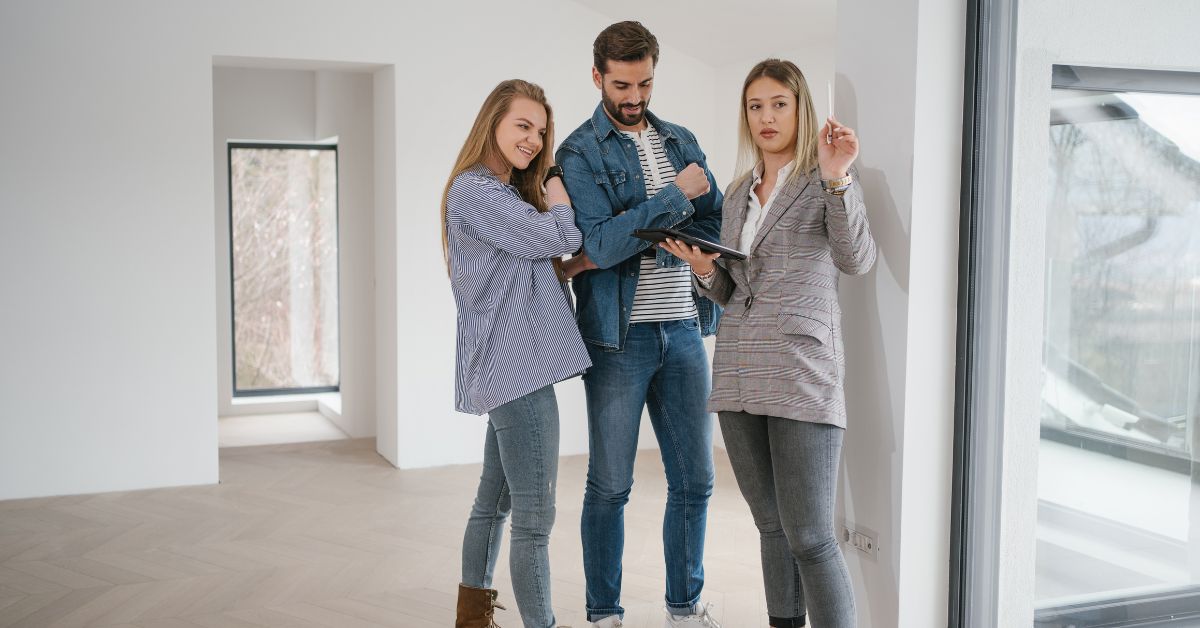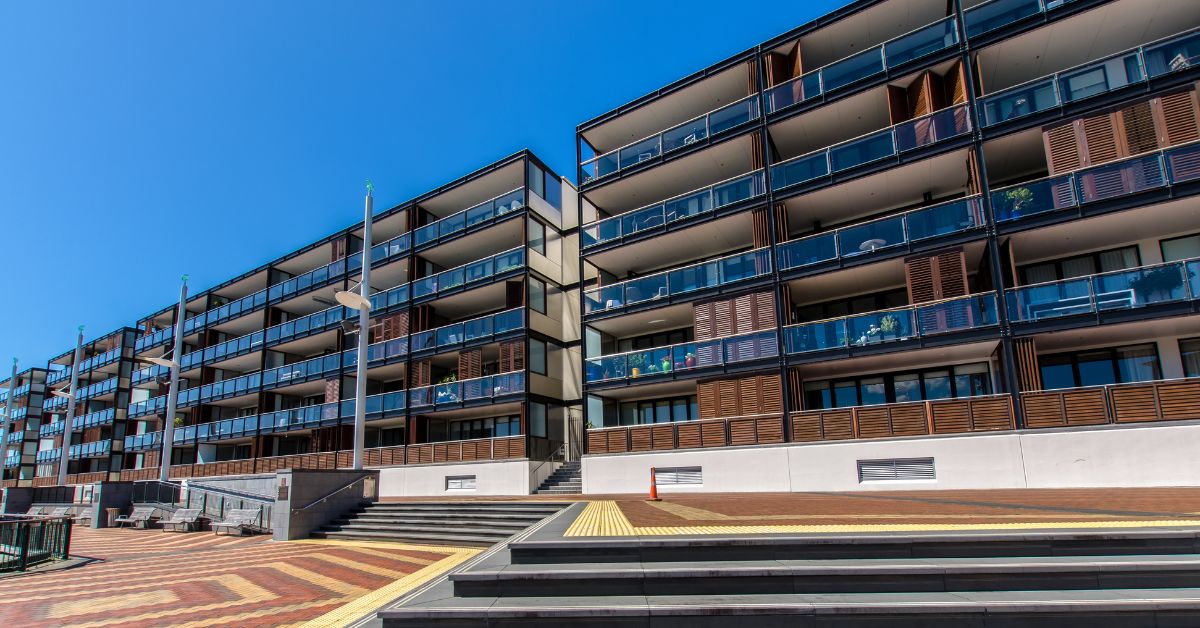Furnished vs Unfurnished Rental

We are often asked by our investors whether they should lease their property out furnished or unfurnished. There is no right or wrong answer, it comes down to who are your target tenants, how you want to use the property, the location and the current demand for properties in your area.
The different types of furnished properties
Before we get into the pros and cons of furnished or unfurnished, let us look at the different ways a property is considered furnished:
- Fully furnished and equipped - a short term or holiday rental for instance falls into this category where everything including pots, pans, cutlery etc is provided
- Fully furnished – the rental property has all the furniture it needs
- Partly furnished – the rental has some furniture such as sofas, table and chairs
- White goods only – some or all of the white goods are provided
- Unfurnished – no furniture or appliances are provided, the tenants supply it all.
When is it good to have a furnished property?
Fully furnished rental properties are popular with tenants:
- Who are looking for a short term lease including executive and holiday rentals
- Tenants whose belongings are in transit or storage
- Who travel regularly for work and need a place close to their work to stay
- Tenants who do not own any furniture and do not want to buy any.
Pros of a furnished property
There are number of benefits of having a fully furnished rental. Some of these include:
- You can normally charge a premium for fully furnished properties
- Letting a furnished property allows you to increase depreciation deductions
- It saves tenants money as they do not need to buy the furniture themselves
- If your property is located near the CBD and is nicely furnished it can attract higher paying professionals as it better suits their fly in, fly out lifestyle.
Challenges of a furnished property
Whilst you will be able to charge higher rent for a fully furnished property you may find:
- You have a higher turnover rate with tenants only staying for 3-6 months, leaving you without rent while you find more tenants
- The costs to set up the property and style it is an additional expense you may not want
- Every 3 – 5 years you will need to update the furniture and styling which can be costly
- Your advertising costs will be higher as you will need to keep promoting the property due to it being vacant more often
- You will need to pay more leasing fees to your property manager each time it is leased to a new tenant
- It takes time to maintain and monitor an inventory list of all your items
- You are responsible for replacing or fixing items quickly if they are not working
- Whilst you do not need to take out contents insurance on the furniture and other items it is a good idea if anything is of value is in the property. This is an additional expense you need to consider.
When is it good to have an unfurnished property?
75 percent of renters are looking to sign a long term lease, they want to find a place they can call home. This large group of renters mostly prefer an unfurnished place – or perhaps one with white goods, that they can fit out to suit their taste and style.
Pros of an unfurnished place:
- You are looking for long term lease with financial security
- Your investment is not near the CBD so you are unlikely to attract executives
- You do not want the added expense of buying furniture and whitegoods
- You do not want to have to manage a furnishing inventory and worry about replacement of products if they do not work.
Challenges of an unfurnished place:
- Unlikely to attract higher paying transient or executive tenants
- Some tenants are willing to pay more for the convenience of moving into a fully furnished home and you'll miss out on this group.
Installing a few key items and large appliances can be a great way to tap into elements of both furnished and unfurnished rentals, particularly if you have the option to place items of furniture in storage if the tenant wants to bring their own.
Talk to your property manager about your individual property and whether they think you will do better with a furnished or unfurnished place. They know the market and the type of tenant your property will attract and how you should best position your property to appeal to them.



